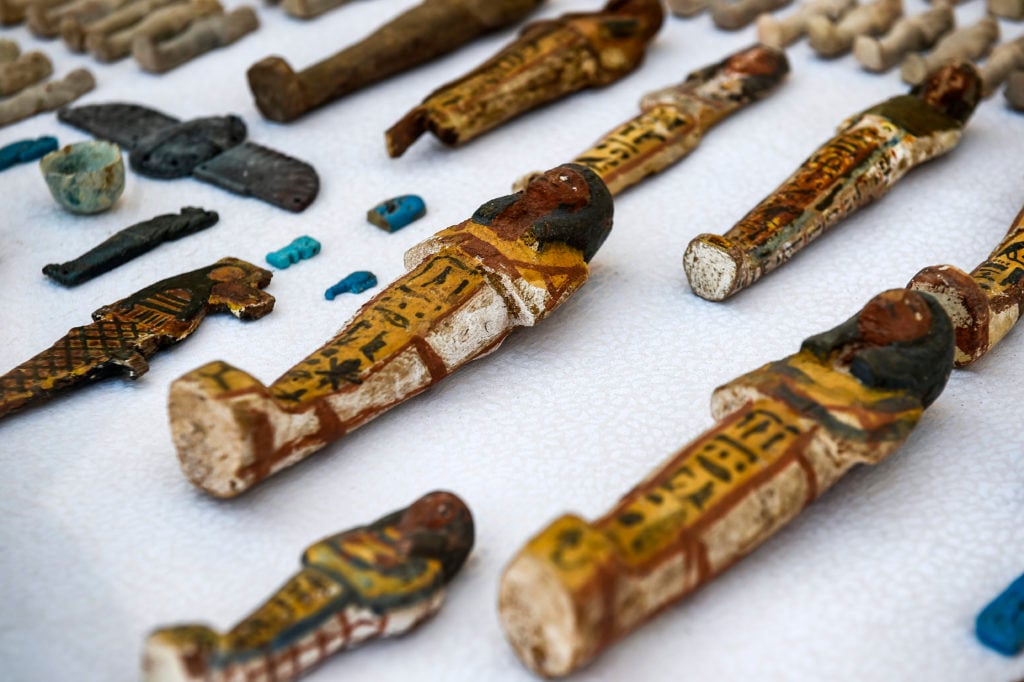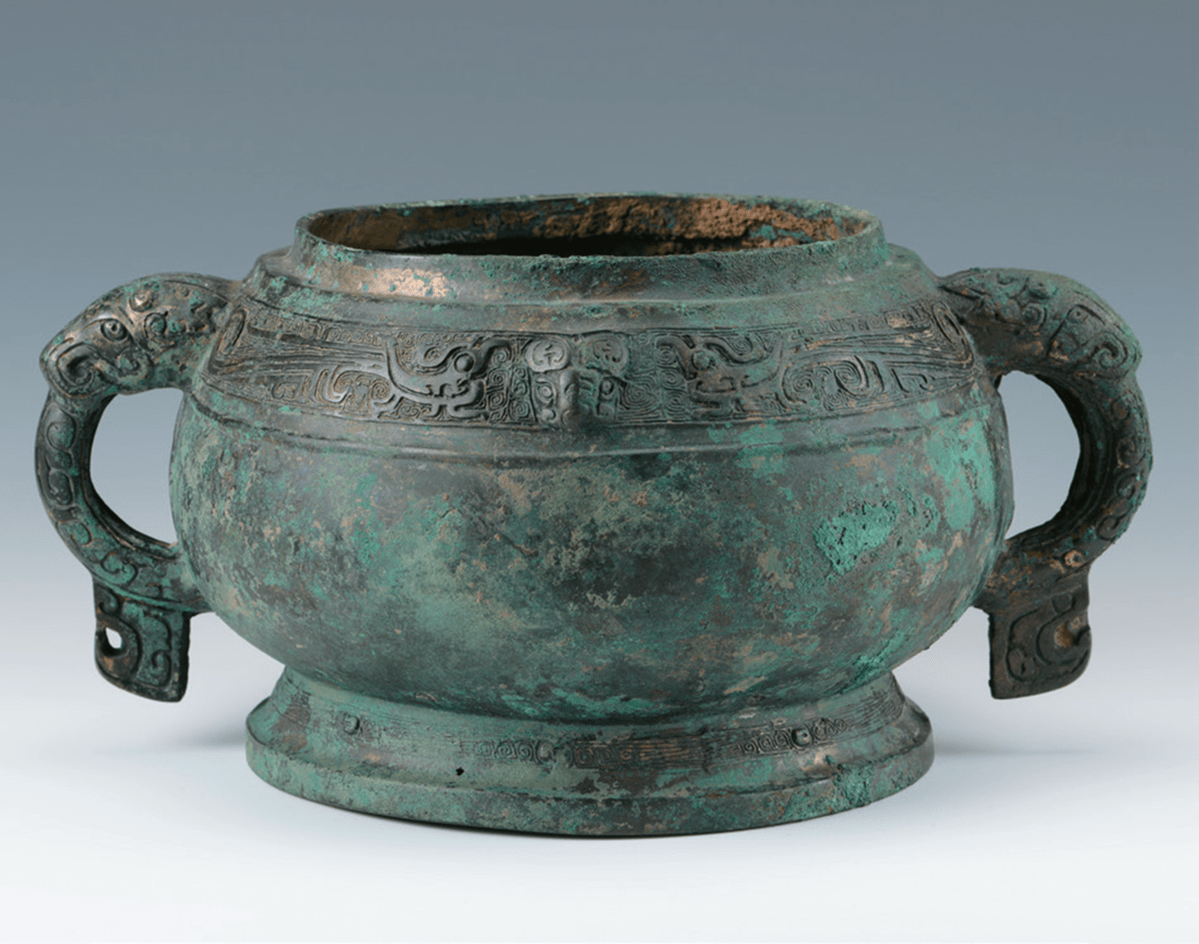In North China’s Shanxi Province, archaeologists have unearthed a remarkable find – the tomb of a noblewoman dating back three millennia. Designated as M1033 and located within the Dahekou cemetery in Yicheng County, this discovery marks a significant revelation in Chinese history.

Since 2007, excavations in the Western Zhou Dynasty’s Dahekou Cemetery have uncovered over 600 burials and 20 chariot-and-horse pits. Most notably, the discovery sheds light on the previously undocumented Ba state, as evidenced by bronze inscriptions found within the cemetery. These inscriptions reveal Ba 霸 as the state clan name, with Ba Bo serving as its paramount ruler.
This finding is particularly valuable for understanding the feudal states in Shanxi’s southern region during the Western Zhou period and their interactions with the Jin state, despite much of the province being under Jin control at the time.

Led by Xie Yaoting, the archaeological team announced their findings, revealing intriguing details about the tomb. Belonging to a female aged between 31 and 34 years old, the tomb contained the remains of a middle-ranking noblewoman from the mid-Western Zhou period. She was laid to rest in a supine posture with straight limbs.
The tomb yielded a treasure trove of 430 burial objects, meticulously divided into 93 groups. Among these artifacts were bronze wares, pottery, jade items, and shellfish containers, providing invaluable insights into ancient Chinese culture and customs.

This discovery not only enriches our understanding of China’s ancient past but also highlights the importance of ongoing archaeological efforts in uncovering hidden histories and preserving cultural heritage.





